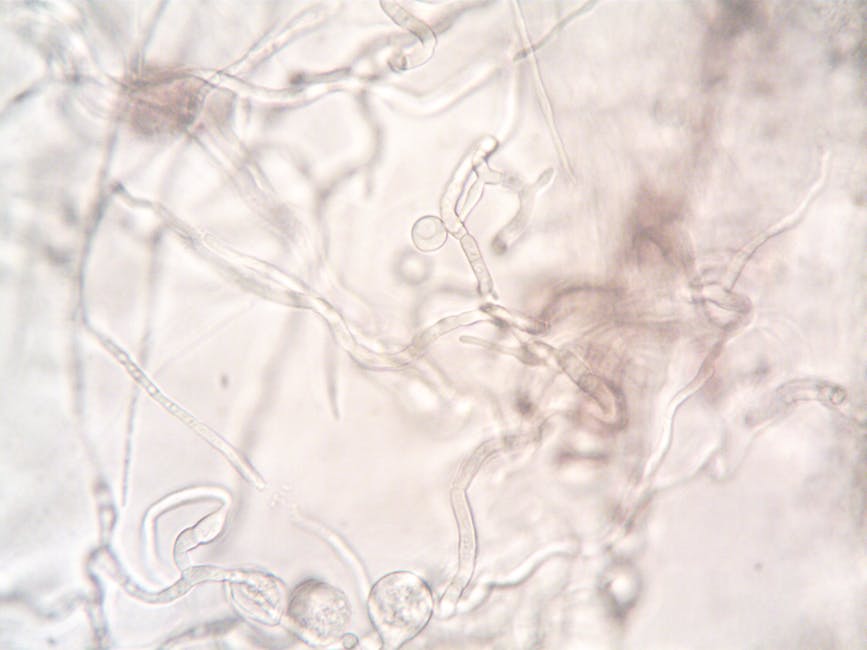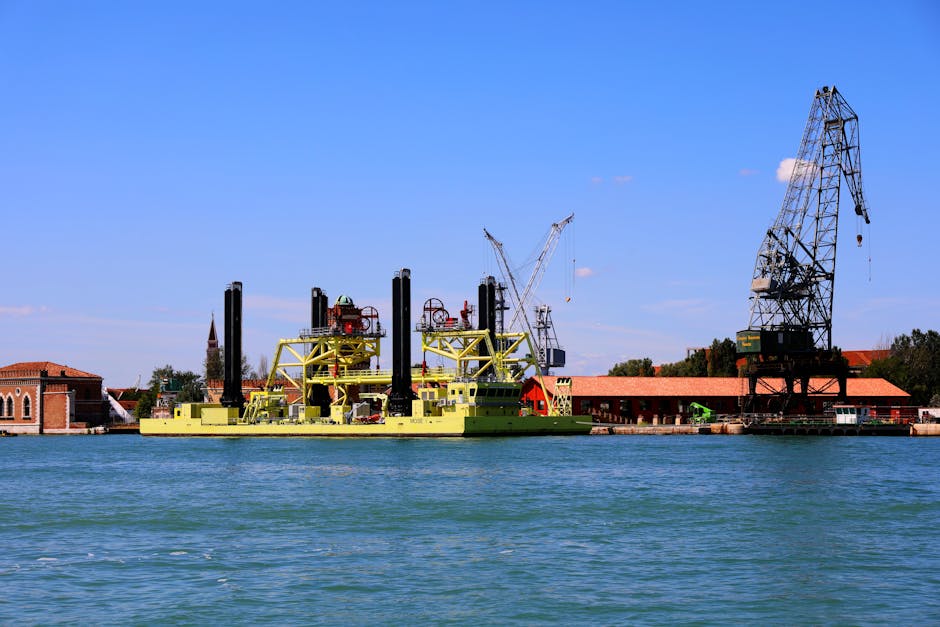-
Official Recognition: Type 5 diabetes has been officially recognized by the International Diabetes Federation (IDF) at the 75th World Congress for Diabetes in Bangkok.
-
Definition: It affects lean, undernourished teenagers and young adults in low- and middle-income countries (LMICs).
-
Cause: Primarily caused by malnutrition-induced reduction in insulin production, unlike Type 2 diabetes which involves insulin resistance.
-
Pancreatic Function: Pancreatic beta cells function abnormally, resulting in severely reduced insulin secretion.
-
Historical Context: First reported in Jamaica in 1955 as J-type diabetes; WHO classified it as “malnutrition-related diabetes mellitus” in 1985 but removed it in 1999 due to a lack of causal evidence.
-
Global Prevalence: Estimated to affect about 25 million people globally, predominantly in the Global South (India, Sri Lanka, Bangladesh, Uganda, Ethiopia, Rwanda, Korea).
-
Key Markers:
- Low BMI (<18.5 kg/m²)
- Severely reduced insulin levels
- Substantially lower body fat percentage
- Inadequate dietary intake of protein, fibre, and micronutrients
- No autoimmune or genetic causes
-
Malnutrition’s Role: Malnutrition, beginning in the womb, plays a critical role. Undernourishment during fetal development and early life can lead to Type 5 diabetes.
-
Treatment: Specific diagnostic criteria and therapeutic guidelines are still being developed by the Type 5 Diabetes Working Group. Treatment involves a high protein diet and adequate carbs/fats to promote weight gain. Anti-diabetic medicine or insulin is considered on a case-by-case basis.
17.04.25
NMESIS: Naval Strike
-
Philippines Balikatan Exercise: The Philippines has confirmed the deployment of the US Navy-Marine Expeditionary Ship Interdiction System (NMESIS) for the upcoming Balikatan military exercises. This is news as it shows increased military cooperation and highlights the strategic importance of anti-ship capabilities in the region.
-
NMESIS Overview: NMESIS is a land-based anti-ship missile system developed for the US Marine Corps (USMC). It’s designed to support naval operations through land-to-sea attacks.
-
Key Components:
- Naval Strike Missile (NSM): The US Navy’s latest anti-ship missile, capable of engaging targets over 100 nautical miles (185 km) away. It can target both maritime and land targets, uses advanced seeker technology for precision, and can evade radar.
- ROGUE Fires Vehicle: An unmanned variant of the Oshkosh Joint Light Tactical Vehicle (JLTV), functioning as a Remotely Operated Ground Unit for Expeditionary (ROGUE) Fires vehicle. It’s remotely operated, highly mobile, and carries a high payload.
-
ROGUE Fires Features: It uses advanced autonomous vehicle tech, is remotely operated, lacks a crew cab, has sensors and cameras, and can be configured for different missions.
-
NSM Features: Multi-mission cruise missile. Range over 100 nm (185 km). Advanced seeker for precision. Maneuverability to evade radar, flying close to sea level. 226.79 kg warhead. Programmable fuse.
-
Not Autonomous: NMESIS isn’t fully autonomous. A marine is responsible for mission planning and firing the missile. The fire control system isn’t controlled by the self-driving system.
NMCG Exec. Committee Meet #61
-
Sewerage Projects Approved (₹900+ Crore): Focus on Moradabad (UP), Arrah (Bihar), Kanpur (UP), and Pujali (WB) to intercept and treat sewage before it enters the Ganga and its tributaries like Ramganga. Aims to prevent untreated waste from polluting rivers.
-
Ramganga River Pollution Prevention (Moradabad): Project costs ₹409.93 crore and includes constructing 15 MLD and 65 MLD Sewage Treatment Plants (STPs). Also focuses on intercepting and diverting 5 major drains.
-
Sewerage Infrastructure in Arrah (Bihar): Includes a 47 MLD STP and a 19.5 km sewer network, costing ₹328.29 crore, using a Hybrid Annuity Model with 15 years of operation and maintenance.
-
Kanpur Drain Interception (₹138.11 Crore): Intercepts 14 major drains to divert sewage to treatment plants.
-
Faecal Sludge Treatment (Pujali, WB): Approves an Integrated Faecal Sludge Treatment Plant (FSTP) with 8 KLD capacity for improved urban sanitation.
-
Nature-Based Solution for Yamuna (Delhi): Installation of pilot CAMUS-SBT plants in Shahdara drain to meet NGT water quality standards. CAMUS-SBT plants will have capacities of 5 MLD.
-
IND-RIVERS Collaboratory: Collaboration between NMCG, IIT Delhi, and the Netherlands for intelligent river systems and urban river solutions. Focuses on action-oriented research.
-
Traditional Boat-Making Study: Approval for documenting traditional wooden boat-making craft in the Ganga basin.
-
DDA Biodiversity Parks as Knowledge Centers: Developing DDA Biodiversity Parks as Knowledge cum Skill Development Centres for river conservation (₹8.64 crore). Yamuna Biodiversity Park is the knowledge partner.
-
Overall Impact: Projects aim for pollution control, water conservation, preserving riverine heritage, and developing sustainable water management.
Tanzania: Land of Wonders
-
Record High Temperatures: Tanzania experienced its hottest year on record in 2024, with an average temperature of 24.3°C, 0.7°C above the long-term normal. This surpasses the previous record from 2023. This is important because it highlights the increasing impact of climate change.
-
Rising Nighttime Temperatures: Nighttime temperatures saw a significant increase, with the average minimum temperature reaching 19.3°C, 1.1°C above average. This is concerning as it affects human health and ecosystems.
-
Regional Variations: Northeastern Tanzania, including the Lake Victoria basin, highlands, and coastal areas, experienced the most significant nighttime warming (1°C to 2°C above average). This localized impact is relevant for regional planning and adaptation strategies.
-
Agricultural Impact: A 2017 TMA study warned that rising temperatures could negatively impact maize yields, a staple crop in Tanzania. This has implications for food security and livelihoods.
-
Geopolitical Significance: Tanzania is a key partner in India’s Africa outreach, particularly within IORA and India’s SAGAR vision. This highlights Tanzania’s strategic importance in regional cooperation and security.
-
Climate Trends: A Nature study projects increasing warm days and nights throughout the 21st century, underscoring the long-term challenge Tanzania faces.
-
Capital and Location: Dodoma is the official capital of Tanzania, an East African country bordering several nations and the Indian Ocean.
Vital Registration India
- RGI Concerns: Registrar General of India (RGI) urges hospitals to report births and deaths within 21 days due to non-compliance and aim for 100% universal registration.
- Low Reporting: Around 10% of births/deaths are unregistered, hindering the goal of universal registration.
- Mandatory Registration: Registration of Births and Deaths (RBD) Act, 1969 (amended 2023) mandates registration of all births and deaths.
- Digital Registration: Since October 2023, all registrations must be done digitally through the Civil Registration System (CRS).
- Registration Process: Government hospitals are registrars; private hospitals report events. Negligence in registration leads to a fine up to ₹1,000.
- Centralized Portal: Digital birth certificates are single proof of date of birth for services like education, jobs, and marriage. Data updates National Population Register (NPR).
- RGI observations The RGI said that it has been observed that some hospitals instead of registering the events wait for the relative of the baby or the deceased to approach them.
- Vital Statistics Report Delay: Vital Statistics of India report, crucial for socio-economic planning, hasn’t been published since 2020.
- Registration Statistics: Registered births decreased in 2020, while registered deaths increased.
- Births and Deaths Outside India (for Indian Citizens): Births outside India of parents returning to India to settle can be registered with in 60 days from the child’s arrival in India. Deaths of Indian citizens abroad are registered at the Indian Consulate under the Citizenship Act, 1955, and are deemed valid under the RBD Act, 1969.
IMEC: A New Trade Route
-
IMEC Overview: The India-Middle East-Europe Economic Corridor (IMEC) is a transcontinental initiative aimed at redefining global trade and strengthening economic cooperation.
-
Strategic Importance: It is a multi-modal connectivity project launched during the G20 Summit 2023, involving India, US, Saudi Arabia, UAE, France, Germany, Italy, and the EU. It is also a part of the Partnership for Global Infrastructure and Investment (PGII).
-
Objective: To create an integrated network of ports, railways, roads, energy pipelines, and digital infrastructure linking India, the Middle East, and Europe, promoting trade.
-
Economic Benefits: IMEC aims to reduce logistics costs by up to 30% and transportation time by 40%, enhancing the competitiveness of Indian exports.
-
Energy Cooperation: Facilitates the harnessing of solar and green hydrogen power from the Middle East, aligning with India’s OSOWOG initiative and promoting a transition to a low-carbon economy. Includes clean energy infrastructure and undersea cables.
-
PPP Model: Union Minister Piyush Goyal advocates viewing IMEC through a Public-Private Partnership (PPP) lens for efficiency and financial viability.
-
Regulatory Connectivity: Focus on aligning trade processes, customs procedures, and paperwork among participating nations, drawing from examples like the India-UAE Virtual Trade Corridor.
-
Innovative Financing: Calls for active involvement of multilateral financial agencies and exploring instruments like green bonds and “IMEC Bonds” to fund the infrastructure sustainably.
-
Industry Engagement: Recommends active engagement with industry bodies and trade associations to ensure the corridor aligns with businesses’ real needs.
-
Think Tank Involvement: Proposes bringing in Think Tanks and Academia to the visioning and design process for creativity, research, and long-term thinking.
TN Panel on Centre-State Ties
-
Tamil Nadu Committee Formation: Tamil Nadu has formed a three-member high-level committee to review Centre-State relations. The goal is to strengthen state autonomy and federalism. Committee Headed by Justice Kurian Joseph and will submit report in 2 years.
-
Erosion of Legislative Powers: States are losing control over key areas due to subjects being moved from the State List to the Concurrent List (e.g., education, health). 42nd Amendment Act of 1976 moved key subjects like education to Concurrent list, reducing states’ control.
-
National Policies Override State Policies: National policies (like NEET and the National Education Policy’s three-language formula) limit states’ ability to tailor policies to their specific needs. Tamil Nadu facing fund witholding of ₹2,500 crore under Samagra Shiksha Abhiyan due to opposing NEP.
-
Fiscal Disparities: The GST system has caused revenue loss for states, reducing their financial freedom. Tamil Nadu argues it receives only 29 paise for every rupee contributed to the Centre.
-
Reduced Representation: States with proactive population control measures (like Tamil Nadu) feel penalized by the delimitation process. Upcoming delimitation of Parliamentary constituencies in 2026 could drastically reduce Tamil Nadu’s representation.
-
Exclusion from Key Decisions: States are often excluded from important national decisions, undermining participatory governance.
-
Historical Context: Tamil Nadu highlights its history of advocating for state autonomy, including the Rajamannar Committee (1969).
-
Call for Cooperative Federalism: The committee aims to ensure maximum autonomy for states while maintaining national unity and integrity. Need to strengthen cooperative federalism by reviewing the provisions of the Indian Constitution, laws, and policies related to Centre-State relations, Stalin said.
Women’s Informal Mfg.
-
Declining Formal Participation: Women’s share in formal manufacturing fell from 20.9% in 2015-16 to 18.9% in 2022-23. This underrepresentation hinders India’s “Viksit Bharat” vision.
-
Regional Disparities: Tamil Nadu employs 41% of women in formal manufacturing. States like Bihar, West Bengal, Chhattisgarh, and Haryana have less than 6% female participation.
-
Informal Sector Dominance: Women constitute 43% of the informal manufacturing workforce, primarily in low-paying jobs. Over 90% of the informal tobacco workforce is female.
-
Sectoral Concentration: Women in formal manufacturing are concentrated in textiles, apparel, and food processing (60%). There’s a lack of diversity in sectors.
-
Education & Skills Gap: Only 30% of women in manufacturing have completed secondary education, compared to 47% of men. Only 6% have formal vocational training, limiting access to better jobs.
-
Upskilling Imperative: Skill training and higher education are crucial to improve women’s participation and productivity in the formal sector.
-
Need for Sectoral Diversification: Encouraging women’s entry into sectors like automotive and electronics can broaden opportunities.
-
Safe Work Environments: Creating safe, inclusive workplaces with hostels, transport, and childcare is essential for attracting and retaining women.
-
Policy Interventions: Strengthening laws like the Maternity Benefit (Amendment) Act can improve working conditions and promote gender equality.
Ironwood TPU
-
Google’s Ironwood TPU: A Leap in AI Technology: Google launched its 7th generation Tensor Processing Unit (TPU), Ironwood, at the Next ’25 conference.
-
Inference-Focused Design: Ironwood is designed for AI inference, enabling AI models to make predictions based on learned data.
-
Proactive AI Systems: Ironwood signals a shift to proactive AI systems that independently generate insights, marking the “age of inference.”
-
Performance Boost: Ironwood features a peak compute of 4,614 teraflops (TFLOP) per chip.
-
Scalability: Ironwood can scale to clusters of 9,216 liquid-cooled chips, delivering up to 42.5 exaflops of computing power.
-
Superior Computing Power: Ironwood’s throughput is claimed to be over 24 times that of the world’s largest supercomputer, El Capitan.
-
Expanded Memory: Each Ironwood chipset offers 192GB of memory, six times more than its predecessor, Trillium.
-
Next-Gen AI Support: Engineered for Large Language Models (LLMs) and Mixture of Experts (MoEs), essential for advanced reasoning.
-
Advanced Interconnect: Features a cutting-edge Inter-Chip Interconnect (ICI) network for rapid data transfer and synchronization.
-
SparseCore: Includes an advanced SparseCore component for applications like recommendation systems and financial modeling.
-
Pathways Software: Integrates Google’s Pathways software for distributing AI workloads across thousands of TPUs.
-
Improved Efficiency: Delivers double the performance per watt compared to Trillium, due to optimized design and liquid cooling.
-
High Bandwidth Memory (HBM): Features 192 GB of HBM per chip with 7.2 terabits per second bandwidth, reducing latency.
-
ICI Network Bandwidth: Enhanced ICI network with 1.2 terabits per second bidirectional bandwidth for efficient communication.
-
Broadened Applications: Supports scientific and financial domains in addition to AI-specific applications.
-
Availability: Set to be available later in 2025, setting a new benchmark for AI performance and efficiency.
Aryati’s Litter Frog
-
New Frog Species Discovered: Leptobrachium aryatium, a new frog species, has been identified in the Garbhanga Reserve Forest near Guwahati, Assam.
-
Named After a College: The frog is named after Arya Vidyapeeth College in Guwahati, honoring the institution’s positive impact on the community, specifically related to changing the locality’s identity.
-
Distinct Features: Key characteristics include fiery orange-and-black eyes, a unique reticulated throat pattern, and a smooth, rhythmic call at dusk.
-
Long-Term Study: The discovery is the result of a 21-year study by zoologists associated with Arya Vidyapeeth College.
-
Initial Misidentification: Initially identified as Leptobrachium smithi in 2004, further molecular and morphological studies, spurred by the recent discovery of Leptobrachium sylheticum, confirmed it as a new species. The distinct advertisement call aided its establishment as a separate species.
-
Genus Leptobrachium: The Leptobrachium genus comprises stocky frogs with broad heads, short hind limbs, and distinctively colored eyes, distributed across Southern China, India, and parts of Southeast Asia.
-
Garbhanga Reserve Forest: The discovery highlights the biodiversity importance of the Garbhanga Reserve Forest, which plays a crucial role in regulating Guwahati’s climate and water systems and supporting diverse wildlife, including elephants and various other species.
-
Threats to Habitat: The Garbhanga Reserve Forest faces threats from urban expansion and habitat destruction, emphasizing the need for conservation efforts.









